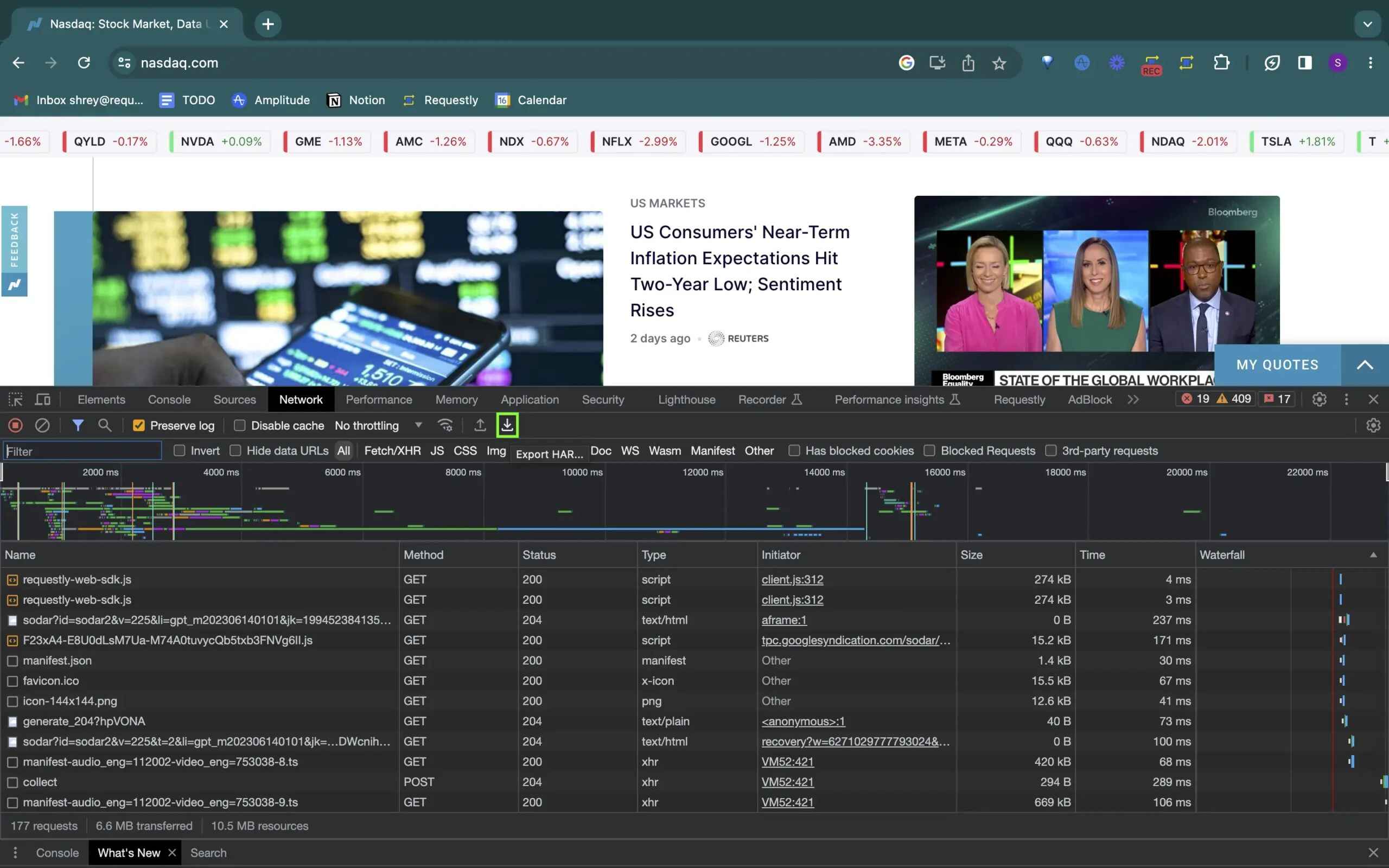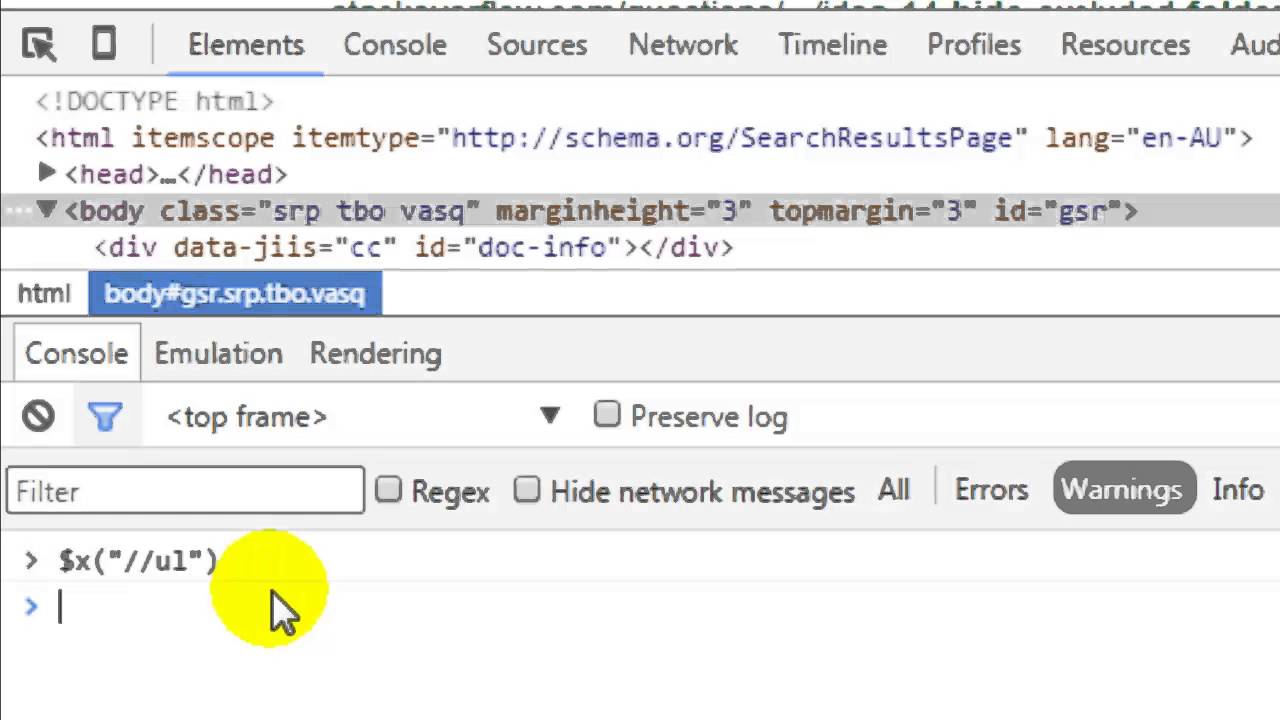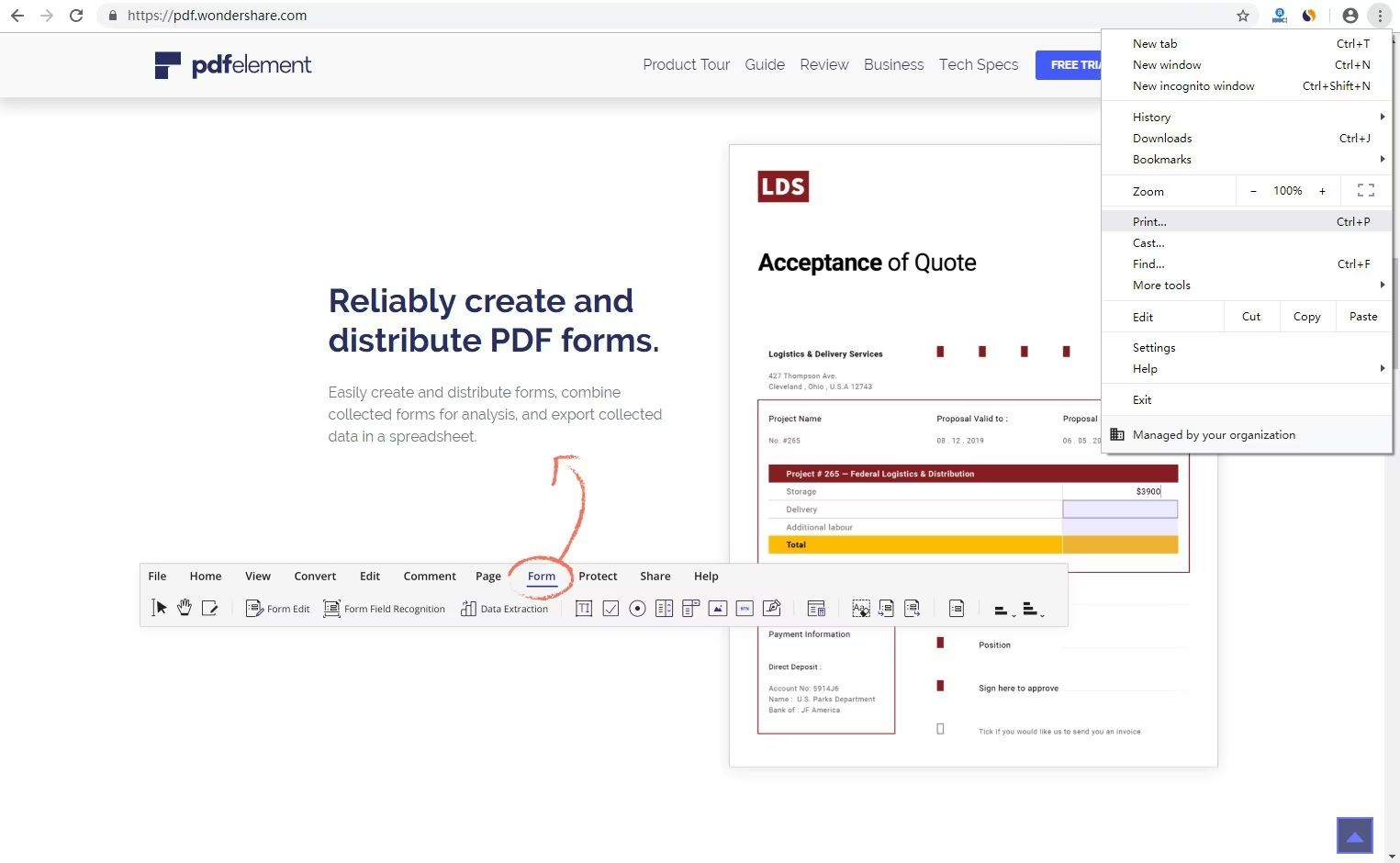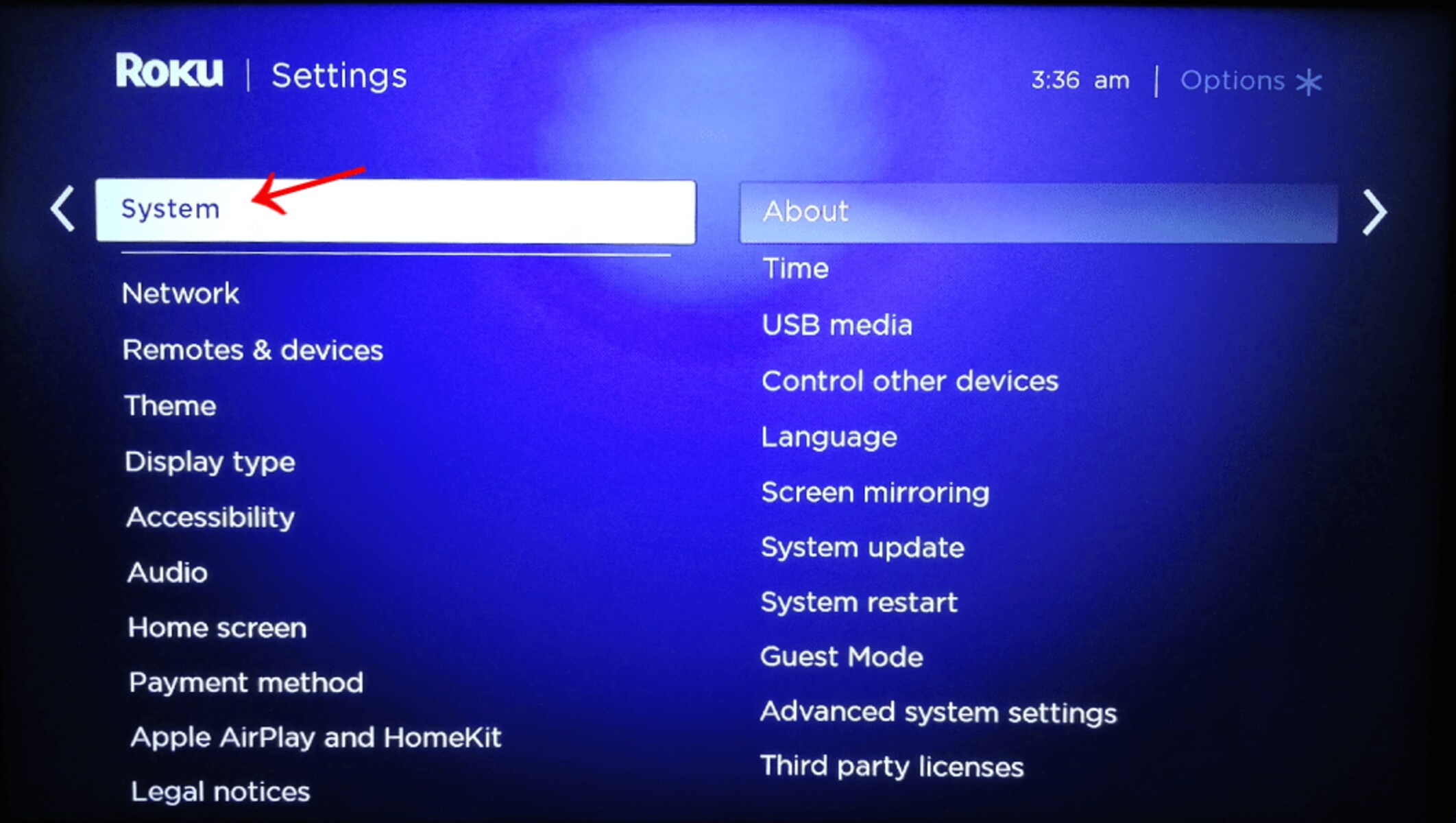Introduction
In the digital realm, web browsers play a pivotal role in our daily lives, serving as gateways to the boundless expanse of the internet. Among the myriad of browsers available, Google Chrome stands out as a popular choice, renowned for its speed, versatility, and user-friendly interface. However, beyond its standard browsing capabilities, Chrome offers a plethora of advanced features and functionalities, including the ability to open .har files.
Understanding the significance of .har files and how to access them within Chrome can greatly enhance the user experience and provide valuable insights into web performance and network activity. Whether you are a developer, a tech enthusiast, or simply curious about the inner workings of web interactions, delving into the world of .har files can unveil a wealth of information and opportunities for optimization.
In this article, we will delve into the intricacies of .har files, explore the reasons for opening them in Chrome, and provide a comprehensive guide on how to accomplish this seamlessly. By the end of this journey, you will have gained a deeper understanding of .har files and the valuable role they play in the digital landscape, as well as the practical knowledge to leverage Chrome's capabilities in accessing and interpreting these files. So, let's embark on this enlightening exploration of .har files and Chrome, unraveling the mysteries and unlocking the potential they hold.
What is a .har file?
A .har (HTTP Archive) file is a log of a web browser's interaction with a website. It contains a detailed record of various elements, such as HTTP requests and responses, cookies, timings, and other pertinent data related to the loading and functioning of web pages. Essentially, a .har file serves as a comprehensive snapshot of the network traffic generated during the browsing session, encapsulating crucial information that can be instrumental in analyzing and optimizing web performance.
When a user accesses a website, the web browser diligently communicates with the site's server to retrieve and display content. This intricate exchange involves a multitude of requests and responses, encompassing the loading of HTML, CSS, JavaScript, images, and other resources that collectively form the web page. The .har file meticulously captures these interactions, providing a detailed account of each network activity, including the associated timings, sizes, and headers.
Moreover, .har files are invaluable tools for diagnosing and troubleshooting web performance issues. By scrutinizing the contents of a .har file, developers and web professionals can gain profound insights into the intricacies of a website's loading process, pinpointing potential bottlenecks, latency issues, or inefficient resource utilization. This granular visibility into network activities empowers stakeholders to optimize website performance, enhance user experience, and streamline the delivery of digital content.
In essence, a .har file serves as a digital dossier, chronicling the dynamic interplay between web browsers and websites. Its comprehensive nature and wealth of data make it an indispensable asset for web development, performance analysis, and network optimization. As we delve deeper into the realm of .har files and their integration with Chrome, it becomes evident that these files are not merely passive records but rather powerful instruments for understanding and enhancing the digital landscape.
Why would you want to open a .har file in Chrome?
Opening a .har file in Chrome unveils a treasure trove of insights and opportunities, offering a multifaceted perspective on web interactions and network dynamics. Whether you are a web developer, a performance analyst, or a curious enthusiast seeking to unravel the intricacies of web browsing, the ability to access and interpret .har files within Chrome holds immense value.
Unveiling Network Performance
By opening a .har file in Chrome, you gain a comprehensive view of the network performance associated with a specific web browsing session. This includes detailed metrics on resource loading times, DNS resolution, TCP connection establishment, and overall page rendering. Such granular visibility empowers developers and performance analysts to identify potential bottlenecks, latency issues, or inefficient resource utilization, paving the way for targeted optimizations and enhanced user experiences.
Debugging and Troubleshooting
In the realm of web development, encountering issues related to resource loading, caching, or network connectivity is not uncommon. Opening a .har file in Chrome equips developers with a forensic tool to meticulously dissect the sequence of HTTP requests and responses, pinpointing anomalies, errors, or unexpected behaviors. This diagnostic capability is instrumental in troubleshooting and rectifying issues that may impede the seamless delivery of web content.
Analyzing Third-Party Integrations
Modern websites often integrate a myriad of third-party resources, such as analytics scripts, social media widgets, and content delivery networks. Opening a .har file in Chrome enables a comprehensive audit of these integrations, shedding light on their impact on overall page performance and user experience. By scrutinizing the network activities associated with third-party resources, web professionals can make informed decisions regarding their inclusion, optimization, or potential alternatives.
Optimizing Website Performance
The data encapsulated within a .har file serves as a blueprint for optimizing website performance. By leveraging Chrome's capabilities to open and analyze .har files, stakeholders can identify opportunities to minimize resource loading times, streamline network interactions, and enhance the overall responsiveness of web pages. This proactive approach to performance optimization is pivotal in delivering swift, engaging, and efficient web experiences to users across diverse platforms and devices.
Validating CDN and Cache Efficiency
Content Delivery Networks (CDNs) and browser caching mechanisms play a pivotal role in accelerating the delivery of web content. Opening a .har file in Chrome allows for a meticulous assessment of CDN utilization and cache efficiency, offering valuable insights into the distribution of content, cache hit rates, and the overall efficacy of caching strategies. This scrutiny enables web professionals to fine-tune CDN configurations and caching policies, ensuring optimal content delivery and user experience.
In essence, the ability to open a .har file in Chrome transcends mere curiosity, evolving into a powerful instrument for understanding, optimizing, and perfecting the intricate dance between web browsers and websites. It empowers stakeholders to unravel the complexities of web interactions, diagnose performance issues, and orchestrate seamless digital experiences that captivate and delight users.
Steps to open a .har file in Chrome
-
Accessing Developer Tools: Launch Google Chrome and navigate to the web page where the .har file was generated. Once on the page, right-click anywhere on the page and select "Inspect" from the context menu. Alternatively, you can press
Ctrl + Shift + I(Windows/Linux) orCmd + Option + I(Mac) to open Chrome's Developer Tools. -
Navigating to the Network Tab: Within the Developer Tools panel, locate and click on the "Network" tab. This tab provides a comprehensive view of network activity, including the loading of resources, HTTP requests, and associated timings.
-
Importing the .har File: With the Network tab active, look for the "Import" button, often represented by an arrow pointing upwards. Click on this button to reveal the option to "Har Import" or "Import HAR file". Select this option to initiate the process of importing the .har file into Chrome.
-
Selecting the .har File: Upon selecting the "Har Import" option, a file dialog box will appear, prompting you to choose the .har file you wish to open. Navigate to the location where the .har file is stored, select it, and click "Open" to commence the import process.
-
Analyzing the .har File: Once the .har file is successfully imported, Chrome's Developer Tools will parse and display the contents of the file within the Network tab. You can now explore the detailed network activity, including HTTP requests, responses, timings, and other pertinent data, providing a comprehensive overview of the web page's loading process.
-
Leveraging Developer Tools Features: With the .har file loaded into Chrome, you can leverage the myriad of features within Developer Tools to analyze and interpret the network data. This includes sorting requests by various parameters, filtering specific resource types, scrutinizing request headers and response payloads, and visualizing the timing and sequence of network activities.
-
Gaining Insights and Optimization Opportunities: As you delve into the contents of the .har file within Chrome, you gain valuable insights into the intricacies of web interactions and resource loading. This newfound visibility empowers you to identify potential performance bottlenecks, optimize resource delivery, and enhance the overall user experience by fine-tuning network interactions and resource utilization.
By following these steps, you can seamlessly open and analyze .har files within Chrome, unlocking a wealth of data and insights that can drive informed decisions and optimizations in the realm of web development and performance analysis.
Conclusion
In conclusion, the ability to open .har files in Chrome transcends mere technical functionality, evolving into a gateway to profound insights and optimization opportunities within the digital realm. By delving into the intricate network activities encapsulated within .har files, users, developers, and performance analysts can unravel the complexities of web interactions, diagnose performance issues, and orchestrate seamless digital experiences that captivate and delight users.
The comprehensive nature of .har files, chronicling the dynamic interplay between web browsers and websites, underscores their pivotal role in web development, performance analysis, and network optimization. The detailed records of HTTP requests and responses, cookies, timings, and other pertinent data provide a holistic view of the web page's loading process, empowering stakeholders to identify potential bottlenecks, latency issues, or inefficient resource utilization.
Opening .har files in Chrome offers a multifaceted perspective on web interactions and network dynamics, unveiling valuable insights into network performance, debugging and troubleshooting, third-party integrations, website performance optimization, and CDN and cache efficiency. This capability equips web professionals with a forensic tool to meticulously dissect the sequence of HTTP requests and responses, pinpoint anomalies, errors, or unexpected behaviors, and make informed decisions regarding resource loading, caching, or network connectivity.
Moreover, the integration of .har files with Chrome's Developer Tools provides a seamless and intuitive platform for analyzing and interpreting network data. The features within Developer Tools enable users to sort requests by various parameters, filter specific resource types, scrutinize request headers and response payloads, and visualize the timing and sequence of network activities. This proactive approach to performance optimization is pivotal in delivering swift, engaging, and efficient web experiences to users across diverse platforms and devices.
In essence, the journey of opening .har files in Chrome is not merely a technical process but a transformative exploration that empowers stakeholders to optimize website performance, enhance user experience, and streamline the delivery of digital content. It is a testament to the symbiotic relationship between technology and human ingenuity, where the seamless integration of .har files and Chrome fosters a landscape of innovation, efficiency, and digital excellence.
As we embrace the boundless possibilities unlocked by .har files and Chrome, we embark on a journey of continuous improvement, where each network interaction, resource loading time, and user experience is meticulously crafted to resonate with excellence. The fusion of .har files and Chrome transcends the digital realm, becoming a conduit for seamless, captivating, and optimized web experiences that enrich the lives of users worldwide.

























